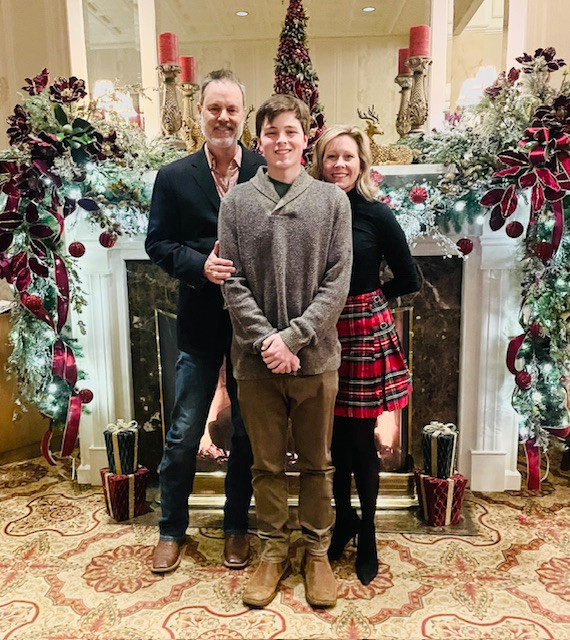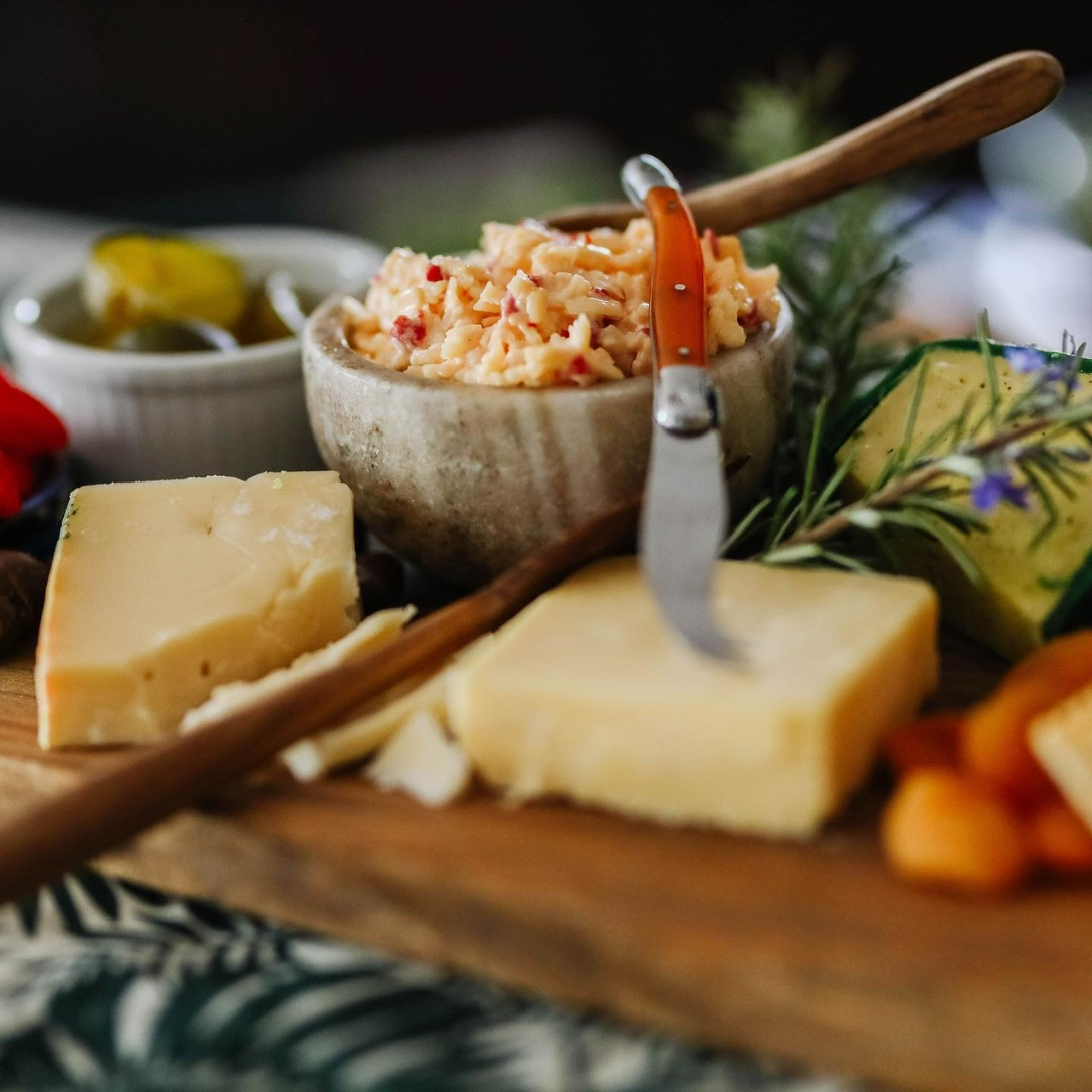Barry's blog part 2
posted on
November 7, 2020
In my last blog post, I told you a little bit about how the commercial poultry industry operates. Now I’m going to tell you about how we raise broilers (meat chickens) at Bales Farms.
Our mantra here is “Grass. Fresh Air. Sunshine”. We firmly believe that animals raised outside on pasture are healthier, taste infinitely better, and are better for the environment. Livestock are are part of our overall management plan to provide nutrients and controlled disturbance to our pastures. Our broilers are raised in chicken tractors, which are nothing more than protective enclosures made of chicken wire and a cover with no floor, which allows our birds to eat grass, seeds and insects, while depositing their manure directly onto our pastures as free nitrogen-rich fertilizer.

Broilers need a supplemental diet besides just grass and bugs, so we mix our own feed here on the farm that contains all Non GMO and/or organic ingredients such as corn, roasted soybeans, oats, and vitamins/minerals. We move the tractors one length every day to spread the manure around the pastures and ensure that the birds have clean, fresh grass at all times. Our birds never receive antibiotics or any kind of medications.
Pretty simple, huh?
Now let’s talk beef. The vast majority of cattle raised for beef in this country are raised in feed lots. Either their entire lives, or are “finished” there. Sometimes called CAFO’s, which stands for Controlled Animal Feeding Operation, a feed lot is an area of pens and open-air enclosures where cattle are fed a highly analyzed and very specific feed ration to add weight rapidly. You might have seen terms like “Grass Fed” or “Grass Fed/Grain Finished”. Some cattle spend most of their lives in a CAFO and never see a blade of grass. Some are raised on grass until they are closer to target weight, then sent to a feed lot to be “finished” on a grain-based ration which adds weight and increases marbling. Marbling is the white streaks of fat in beef. Fat increases flavor. But here’s a fact – cattle don’t have gizzards. Gizzards are the part of a birds anatomy that they use to grind up grain/seeds/etc. Cattle were not physically designed to eat grain, particularly as the main/only part of their diet. They have a rumen, which was designed to digest grass and plant matter. Grass-fed beef is high in Omega 3’s, which are good for you. As cattle eat more grain, the Omega 3’s change to Omega 6’s, which are not good for you.

This is a picture of a commercial feed lot. If you’ve ever driven across Kansas or Nebraska, you’ve probably driven by one. And you probably started smelling it MILES before you got to it. As you can see, these animals are constantly living in their own feces. Sometimes standing hock deep in it their entire lives. These conditions, and their unnatural diet, dictate that they are generally fed or administered antibiotics in order to keep them “healthy” under the stresses of their conditions.
This is a picture of how we raise our cattle at Bales Farms.

Our animals are on pasture their entire lives. We use temporary electric fencing to divide our pastures up into smaller paddocks. This is called rotational grazing or adaptive grazing. Much like the broilers, this allows us to distribute the manure more evenly over the ground and ensures more uniform grazing. If we gave them access to the entire field, they would graze on the most preferred plants continually, eventually killing them and degrading the quality of the pasture, ensuring that eventually only the most undesirable species would survive. They have access to non-medicated trace mineral blocks in order to make sure they are getting balanced nutrition. These contain things like manganese, copper, iron, iodine, selenium and zinc. We use fly traps hung in the trees near shade areas and spread diatomaceous earth on manure for fly control, rather than chemical pour-ons directly on the animals. And we administer no preventative vaccinations. If an animal gets sick, we will treat it, just as we would our son. It rarely happens, but those animals are marketed accordingly.
Because raising cattle on solely on grass takes longer, we process our animals in the 900 – 1000 pound range. We believe this is optimum size for our production system, as opposed to 1200 – 1500 + animals from more conventional systems. Our steaks will be a little smaller than you may be used to, but I assure you they are healthy AND delicious!
Again, pretty simple.
Next time – pigs!



